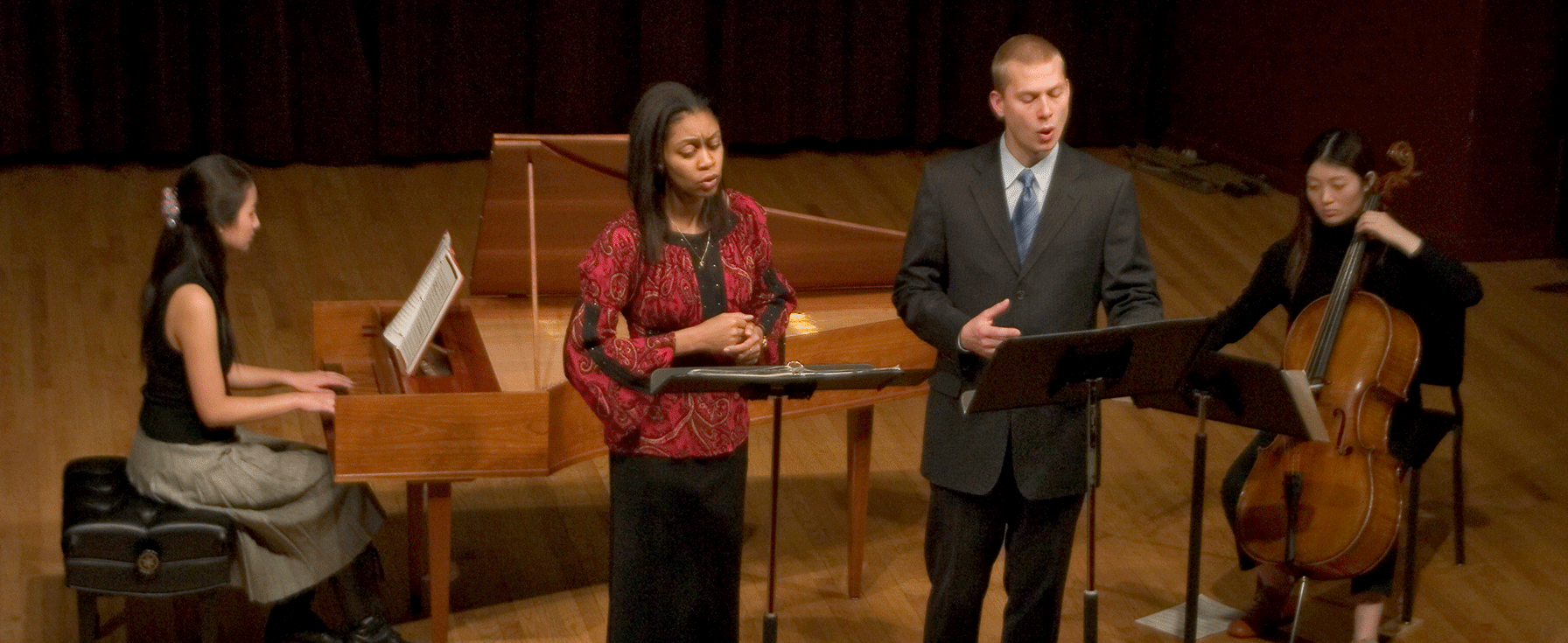Chapter 2 of textbook Music: its Language, History and Culture

Instruments: a world view
Though one could say that the human voice was the first instrument, most cultures have developed other distinctive ways of creating musical sound, from something as simple as two sticks struck together to the most complex pipe organ or synthesizer. Learning about musical instruments can teach you much about a culture’s history and aesthetics, and there are a few general questions that are useful to ask, especially if an instrument is unfamiliar.
What material is it made of?
The physical composition of an instrument will often reflect the area in which it was developed; for example, certain types of wood or ceramics could indicate a specific geographical region. In addition, the instrument may be made of materials considered sacred by its culture, or be decorated in such a way that reflects its significance to the people who play it.
How is sound produced?
As seen below, there are a variety of ways in which an instrument can create sound.
How is the instrument viewed by the culture that created it?
Although in some cultures instruments are simply viewed as objects used in a musical performance, in others instruments are viewed as sacred or as part of a distinctive cultural ritual.
As varied as are the shapes, sizes, and materials of musical instruments throughout the world is the manner in which they are played, whether struck, blown, bowed, shaken, etc. Often one instrument can be played in a variety of ways: For example, a violin can be bowed, plucked, struck, or even strummed like a guitar.
Tone color/timbre.
Related to an instrument’s physical makeup and performance technique is the quality of its sound: It may be harsh and rough, or smooth and rich. Often an instrument’s timbre will bring to mind colors or sensations that are difficult to describe.
Range
An instrument’s range has to do with the distance between the lowest note and the highest note it can produce. As with the human voice, many instruments have a particular part of the range that is preferred for its pleasing qualities, and one part of an instrument’s range may sound very different from another (for example, the low range of the clarinet has an entirely different timbre than the upper register).
How is the instrument used?
An instrument may be used alone, or gathered with other instruments in ensembles.
Ethnomusicologists have devised a series of categories to classify instruments throughout the world, based on the ways in which they produce sound. Each of these words ends with the suffix “phone,” the Greek word for sound. The following are just the most general categories; each can be divided into subcategories, but we won’t be worrying about those in this class.
Aerophones:
Sound produced by air. Aerophones use many mechanisms to make the air in the instrument vibrate, thus creating sound waves. If you have ever blown across the top of a soda bottle, you’ve created an aerophone. Blowing across the bottle’s opening splits the air so some goes across the opening and some goes into the bottle, thus creating vibrations. If you fill the bottle partially with water, the sound is higher, because the column of air in the bottle is shorter. In a trumpet, the vibration of air is created by the buzzing of the lips into a mouthpiece. Many instruments also use reeds—small, thin pieces of wood or bamboo—that vibrate as the air passes them, thus creating another distinctive sound.

